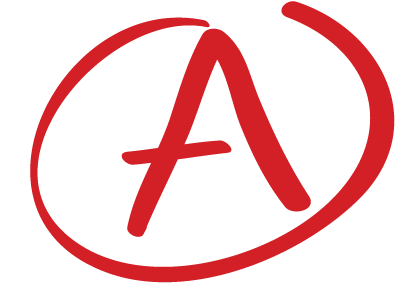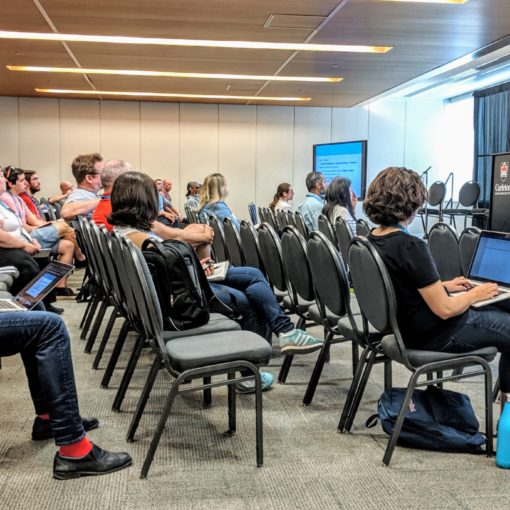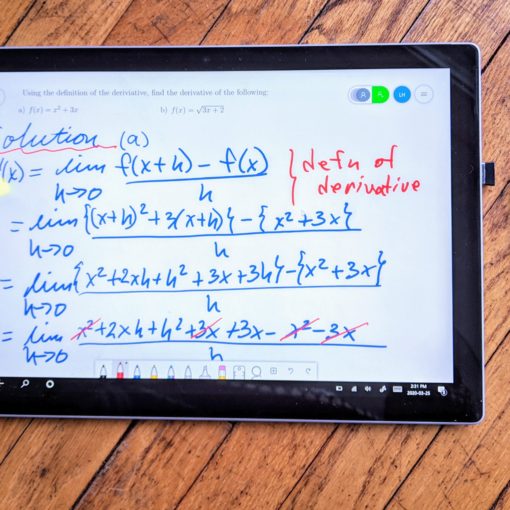While we are here to help you gain more confidence in your studies, we are also learning through our experience with you. Some things we have noticed through our experience working with students are class notes and textbooks. Many schools and teachers use supplemental material with their textbooks. Material such as handouts, their own notes and materials, in some cases a website. Extra material can only help. However, how that extra material is used can make it more effective. The supplemental material provided by your teacher gives another approach to presenting the material. It can bridge gaps that the textbook may have.
Most textbooks used are not always the latest textbooks on the subject. While the content and subjects taught do not change much for a given syllabus, the approach through which it is taught can change over time. I many ways it should change over time since people and society change over time. Many teachers will provide extra practice exercises. Again, this is great. The more you practice and “train” those analytical muscles and skills, the stronger you’ll become. However, all the supplemental material provided by your teacher is not a substitute for a good reference textbook. Class notes and attending class is the best way to get the information. When you’re in class you are getting the information firsthand and live. This is important. A lot can be learned from attending class and class notes that has nothing to do with the subject.

Benefits of having a textbook
- Gives you a complete “story” of the subject and course.
- If you miss a class, it is a good place to refer to and get caught up from.
- It is a source of practice exercises of varying levels of every topic.
- Contains all the definitions, formulas, theorems, identities in case you forget one.
- There are worked out examples of exercises to help you learn, practice and train.
- When you ask someone for help on a particular topic, it gives that person a frame of reference to work from. Every topic can be approached and taught at different levels. Your textbook gives the approach you are being presented with and at the level of the course you at taking. This is important for anyone helping you.
The list of benefits of a textbook or any reference book goes on and on. We are slowly compiling a list of some of the textbooks for the Ontario Board of Education math and sciences courses on our site. We will continue to add to the list as we go through the textbooks. So keep checking from time to time. All textbooks were found at the local public library.
Benefits of supplemental material for a course
- Another interpretation of the material
- Extra questions to train with.
- Gives you some insight into your teacher’s approach to the material, subject and potentially how they will test you.
- If worked examples by your teacher are provided, this will give you a more “human” approach to the material which can sometimes be missing in textbooks.
- It usually is more closely related to what you have done in class or is exactly what was covered in class. Sometimes textbook material can be so extensive that it’s impossible to complete it all during class time.
- When you ask someone for help, it can help them see more clearly what you have done in class and what is expected of you.
Below are some examples of supplemental material provided by teachers for their particular class.
https://sites.google.com/ocsb.ca/nuyens/
https://sites.google.com/ocsb.ca/mscoxht/home?authuser=0
Advantages of going to class
- You have a chance to be there when you’re teaching is going through the material, working through examples and answering questions.
- It also gives you a chance to ask questions and slow down the teacher when YOU are unclear of the material. This can be intimidating so asking the teaching after class or making an appointment to ask the teacher questions about their lecture notes is also great. It gives the teacher a frame of reference of what they were trying to communicate when you refer to their notes that you copied. It allows the teacher to see the gaps in their explanations when you show them where you got lost in their notes. Your teacher will not, or at least should not, be offended if you go to them with questions about their lecture notes.
- Many other little things can be learned by attending class. You teacher may emphasize certain topics and exercises. Probably an indication that you will see more of this topic later, possibly on an assignment, quiz or test?
- How your teacher works through examples gives you a good indication of what your teacher expects when you write out a solution on an assignment, quiz or test.
- Through class sessions you get to know your teacher and can get a sense of how they word exercises and what level of exercise they like.
How best to use all the material given in class to achieve your goals?
Just having the textbook, all the handouts and course website isn’t enough to get the marks you want. They need to be used and used as effectively as possible. In the end, for the subjects that are exercise and problem based, like mathematics, practice, practice, practice. But making your practice and study efficient to save time and get the most out of the study time is what you want. Below are some tips on how get have your your textbook, class notes and supplemental material work for your more.
- Go to class and write the notes down. If you can’t make it to class, get a friend’s notes or ask the teacher for the notes.
- Read the notes.
- Find the related sections in the textbook for your class notes and read them! Even if you just skim through it, look at the material in the text, definition, theorems, identities and especially the examples.
- If you got any supplemental material, handouts etc. during the class, go over them. If it’s mostly exercises, do them. If you’re stuck on how to do them, look at then class notes and examples done in class; look at the textbook examples; if necessary, this is where extra help comes in in the form of a tutor, working with friends at school, your parent, siblings etc.
- If you have any questions with the homework, as your teacher next time you’re in class. It’s your teacher’s job to help you!
- Repeat this process for each class.
It’s not easy and sometimes we need help at some point in the above process but that’s ok. That’s where tutors can be very valuable. They can help clarify material, work with your through some exercises to help you gain some confidence and understanding by getting you on the right track.
In some situation teachers do not provide any additional material or if they do, it is more advanced than what it is in the textbook, so indirectly creating more confusion. In these cases, going outside the textbook and classroom can be helpful. But where do you look? Google is your friend! There is a lot of information and resources out there on the internet for extra practice, learning the material, study and more. The Ontario Board of Education has many suggested resources; there are many videos on YouTube; there are many sites offering practice exercises and more, but this is all for another post!
Happy studying!



